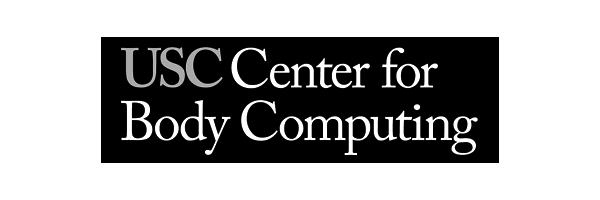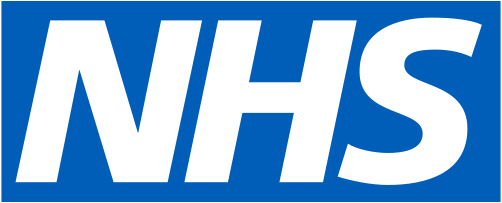Helpful how-tos for getting started with Breakthru.
play
How to use Breakthru.
How to use a 2 min movement or breathing microbreak to reset your mind and body.
Just 2 mins of movement can reduce systolic blood pressure1, musculoskeletal pain2, boost performance3, creativity4, and job satisfaction5, and enhance well-being6, cognitive performance7, working memory, executive functions, information processing, reaction times8, and much more.
1. DURAN, ANDREA T.; FRIEL, CIARAN P.; SERAFINI, MARIA A.; ENSARI, IPEK; CHEUNG, YING KUEN; DIAZ, KEITH M.. Breaking Up Prolonged Sitting to Improve Cardiometabolic Risk: Dose-Response Analysis of a Randomized Crossover Trial. Medicine & Science in Sports & Exercise 55(5):p 847-855, May 2023. | DOI: 10.1249/MSS.0000000000003109
2. Grünwald, J. A., & Licka, T. F. (2023). Health Promotion for Students of Veterinary Medicine: A Preliminary Study on Active Microbreaks and Ergonomics Education. Animals (2076-2615), 13(10), 1641. https://doi.org/10.3390/ani13101641
3. Ergonomic Management Software and Work Performance: An Evaluative Study. Cornell University Human Factors Lab Technical Report. https://ergo.human.cornell.edu/Pub/HFlabReports/EMReport201.pdf
4. Albulescu, P., Macsinga, I., Rusu, A., Sulea, C., Bodnaru, A., & Tulbure, B. T. (2022). “Give me a break!” A systematic review and meta-analysis on the efficacy of micro-breaks for increasing well-being and performance. PLoS ONE, 17(8), 1–27 https://doi.org/10.1371/journal.pone.0272460
5. Gilbert, E., Foulk, T., & Bono, J. (2018). Building personal resources through interventions: An integrative review. Journal of Organizational Behavior (John Wiley & Sons, Inc.), 39(2), 214–228. https://doi.org/10.1002/job.2198
6. Sin, N. L., & Lyubomirsky, S. (2009). Enhancing well-being and alleviating depressive symptoms with positive psychology interventions: A practice-friendly meta-analysis. Journal of Clinical Psychology, 65, 467–487. https://doi.org/10.1002/jclp.20593
7. Ahmed Radwan, Luke Barnes, Renee DeResh, Christian Englund & Sara Gribanoff | (2022) Effects of active microbreaks on the physical and mental wellbeing of office workers: A systematic review, Cogent Engineering, 9:1, 2026206, https://www.tandfonline.com/doi/full/10.1080/23311916.2022.2026206
8. Chandrasekaran, B., Pesola, A. J., Rao, C. R., & Arumugam, A. (2021). Does breaking up prolonged sitting improve cognitive functions in sedentary adults? A mapping review and hypothesis formulation on the potential physiological mechanisms. BMC Musculoskeletal Disorders, 22(1), 1–16. https://doi.org/10.1186/s12891-021-04136-5
GIVE
How to gift Breakthru.
Give the gift of time and movement in just 2 mins.
When people experience guilt or anxiety they are less likely to take a break. This behavior then contributes to the cultural norms of the particular team within which these people work, making it even harder for people to feel comfortable to take a break1. Supporting your colleagues in taking breaks not only creates a new norm of well-being, but also strengthens the benefits of the break2.
1,. Oliver, M., Rodham, K., Taylor, J., & McIver, C. (2021). Understanding the psychological and social influences on office workers taking breaks; a thematic analysis. Psychology & Health, 36(3), 351-366. https://doi.org/10.1080/08870446.2020.1764954
2. Nie, Q., Zhang, J., Peng, J., & Chen, X. (2023). Daily micro-break activities and workplace well-being: A recovery perspective. Current Psychology, 42(12), 9972-9985. https://doi.org/10.1007/s12144-021-02300-7
MEET
How to use Breakthru in meetings.
Make meetings more authentic for your team.
Engaging in synchronous movement with others leads to higher ratings of collaboration, closeness, trust, and desire to see one another again, while building stronger social ties.
Marta Zaraska, “Moving in Sync Creates Surprising Social Bonds among People,” Scientific American 323, 4, 64-69 (October 2020), doi:10.1038/scientificamerican1020-64
REMINDERS
How to set break reminders.
Use Breakthru to help you schedule healthy habits into your workday.
In the height of a busy workday, our brain forgets 50 to 70 percent of our intentions and goals. Creating a reminder can help you remember to break up unhealthy prolonged periods of sitting.
Sima, R. (2023, July 27). Trouble achieving goals? Why your brain needs reminders. Washington Post. https://www.washingtonpost.com/wellness/2023/07/27/reminders-goals-cognitiveoffloading-strategies/
CHALLENGES
How to launch a Breakthru Team Challenge.
Add a bit of fun to your team’s workday.
Fun, non-work related active breaks increase the energy levels and mood of your team1 and lead to higher levels of engagement, lower end of day fatigue,2 and increased focus from breathing more3.
Jakobsen, M.D., Sundstrup, E., Brandt, M. et al. Psychosocial benefits of workplace physical exercise: cluster randomized controlled trial. BMC Public Health 17, 798 (2017). https://doi.org/10.1186/s12889-017-4728-3
Sooyeol Kim, Seonghee Cho, YoungAh Park. Daily microbreaks in a self-regulatory resources lens: Perceived health climate as a contextual moderator via microbreak autonomy. Journal of Applied Psychology, 2021; https://psycnet.apa.org/doiLanding?doi=10.1037%2Fapl0000891
Nestor, J. (2020). Breath. Penguin Life.
Request a demo to learn how teams stay sharper, healthier, and more connected with Breakthru
See how science-backed, 2-minute microbreaks can boost focus, motivation, and resilience for your organization.
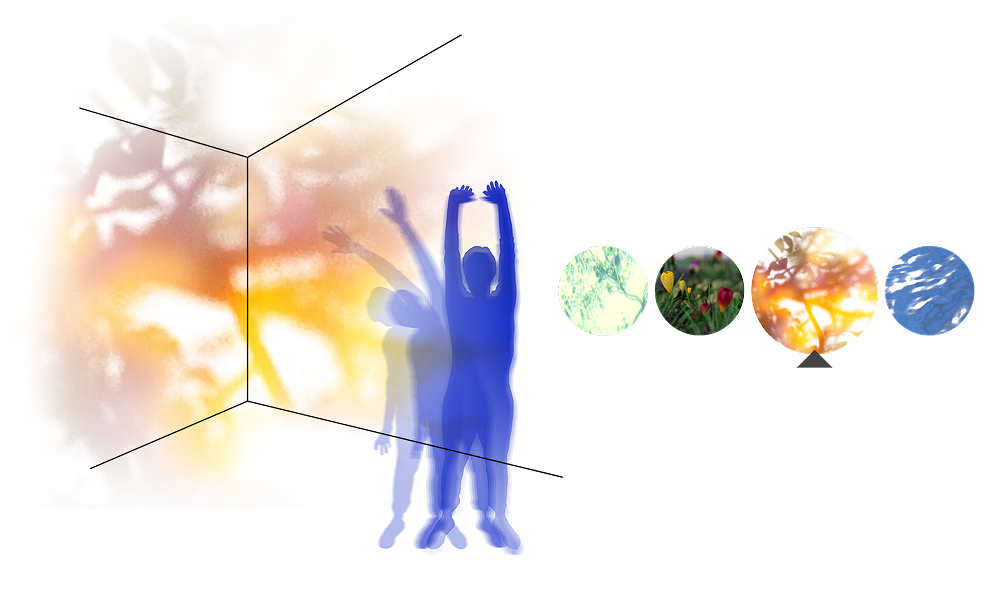
Join the
45,000+
corporations, educational
communities, and non-profits
worldwide using Breakthru.

